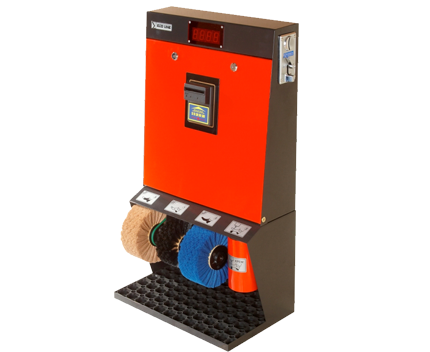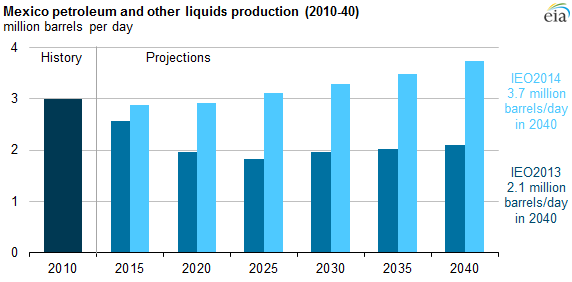Inverse ETFs can be a smart choice for handson investors The Globe and Mail
Post on: 17 Июнь, 2015 No Comment

Portfolio manager Keith Richards sees some upside for the stock markets from here, but watch out come September or October.
Step one to prepare was some selling on April 27 that turned a significant portion of his stock holdings into cash. Step two will be to buy an inverse exchange-traded fund that he expects to protect his clients as the stock markets fall.
There will be a point where we’ll want to hedge the portfolio more aggressively, rather than just holding cash, he said.
Mr. Richards plans to buy the Horizons BetaPro S&P/TSX 60 Inverse ETF. part of a family of seven inverse ETFs. Think of these products as tamer — though certainly not benign — versions of the leveraged ETFs that have generated some controversy because of their unpredictable behaviour. They’re also a simple and cost-competitive alternative to traditional forms of down-market protection like short selling and using put options.
Leveraged ETFs give you two times the up or down move of an underlying index or commodity, depending on whether you buy the bull or bear version. Inverse ETFs are designed only for falling markets, and they reflect daily index moves on a 1:1 basis.
Cat:e528746c-3414-401a-b14b-50247e3bdf01Forum:d0fa4e14-88d2-41f9-8a19-896bdff9544b
Mr. Richards said he’s only used leveraged ETFs on one occasion, and that was at a client’s specific request. I don’t have the cojones to trade them myself, he joked, He’s not the only money manager to find single inverse ETFs more user-friendly than their leveraged counterparts.
They’re easier to get your hands around as a concept, said John Stephenson, senior vice-president and portfolio manager with First Asset Funds Inc. They’re generally less volatile — you’re reducing the risk.
Even so, inverse ETFs are strictly for experienced, hands-on investors who feel comfortable with the idea of buying, monitoring and selling when required. They are not a magic charm you install in a portfolio for endless protection from stock market losses.
Both inverse and leveraged ETFs use financial instruments called derivatives to produce their returns, and that presents a unique risk for investors. In certain situations, you can end up with returns that look nothing like what you’d expect given the path of the underlying index or commodity. In fact, you can lose money with inverse ETFs even when the markets fall.
The key to understanding both leveraged and single inverse ETFs is that they are designed to accomplish their mission on a daily basis. The longer you hold past a single day, the greater the possibility that your returns will stray from their inverse-of-the-market or two-times-the-market mission. The deviation of returns is most pronounced in volatile markets.
Single inverse ETFs are more forgiving on this count, but don’t expect to make the precise opposite of the market if you hold for extended periods.
Let’s compare leveraged and single inverse ETFs tracking the 60 index for the year through June 3. The index was up 0.3 per cent and HIX was down 2.7 per cent. Meanwhile, the HBP S&P/TSX 60 Bear Plus ETF — the leveraged counterpart to HIX — fell 5.6 per cent.
HIX looks a lot better over the past month, where its 2.4-per-cent gain compares to a 2.9-per-cent loss for the index. The leveraged HXD made 4.9 per cent over the same period.
Correct usage of leveraged ETFs calls for investors to keep a close eye on their holdings and rebalance frequently to make sure they’re getting the two-times-the-market effect for their actual holding period rather than a single day. In fact, Horizons BetaPro offers a daily rebalancing calculator on its website (www.hbpetfs.com/pub/en/Resources.aspx#tools).

As for inverse ETFs, Mr. Richards, the portfolio manager for high net worth individuals, said he’ll buy an inverse ETF and hold it for a period of days or even weeks without rebalancing. But he monitors his holdings and sells when a downdraft for the market seems to be over. You have to be very on top this stuff, he said.
Inverse ETFs can be used to speculate on a falling market or commodity (some of Mr. Richards’ clients have done that in trading accounts kept separate from their main accounts) or as a hedge to protect your core stock market holdings.
Both Mr. Richards and Mr. Stephenson use inverse ETFs to hedge. In Mr. Stephenson’s case, he can protect a portfolio of stocks that he likes for the long term and would, in any case, have trouble selling. Some of the stocks might be too illiquid to sell in a hurry, whereas some of his positions might be too big to sell with ease. In a down market, he said, inverse ETFs are one way to pick up a little performance in a short-term time horizon.
Now for the question of how much exposure to inverse ETFs you should have. In looking ahead to the defensive stance he plans to take this fall, Mr. Richards said he will give HIX a 10-per-cent weighting in his Canadian stock holdings. To me, a 10-per-cent position when I’m already holding almost 40 per cent cash is going to provide a nice balance for the portfolio.
If you can accept the risk that an inverse ETF won’t give you the exact opposite return of the market, then the biggest drawback with these products is the cost of owning them. The management expense ratio for the seven inverse ETFs is 1.28 per cent, which is very high by ETF standards. In fact, it’s in mutual fund territory.
The BetaPro people say that’s an attractive price compared with short selling, and inverse ETFs are certainly a lot simpler to use. Familiar with short selling? If so, then you may be the kind of experienced investor who can handle inverse ETFs.
When Down is up
Here’s a look at some exchange-traded funds listed on the Toronto Stock Exchange that are designed to give you the opposite return to their underlying stock index or commodity on a daily basis. If markets are down in a day, then these ETFs should be up by a similar amount (and vice versa). In each case, recent returns are compared against actual index returns. All ETFs here are in the Horizons BetaPro family, which additionally offers inverse ETFs for crude oil and natural gas.














